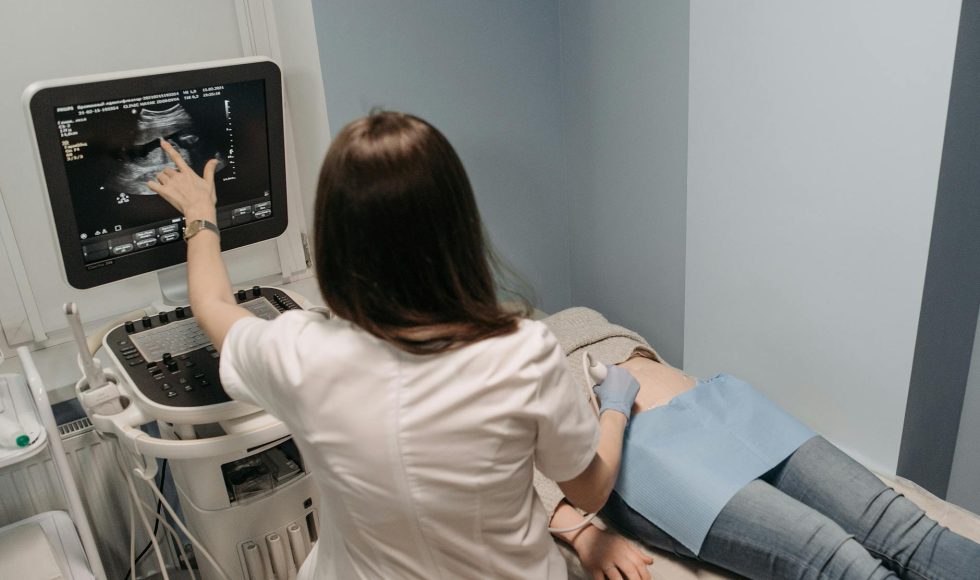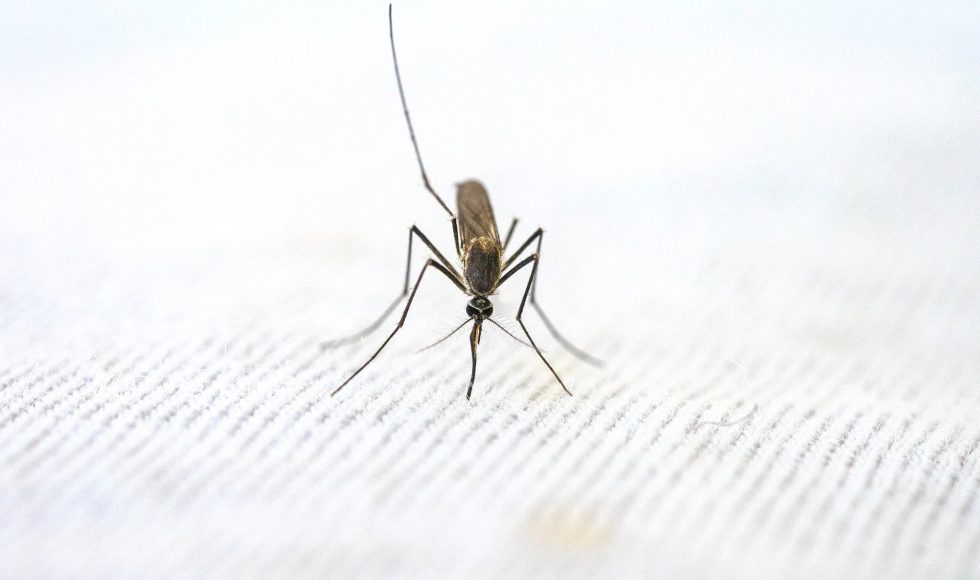Jeff Nivala from the University of Washington presented at London Calling 2019 on “Multiplex direct quantification of barcoded protein reporters on a MinION.” Nivala explained that they have been working on single-molecule protein sequencing with a nanopore… focusing on proteins! The team developed an “unfoldase” mechanism to translocate proteins through nanopores. Their goal is protein […]
Monica Kehoe from the Department of Primary Industries and Regional Development in Australia presented at the 2019 London Calling meeting. The session’s title was “Nanopore sequencing and analysis of plant pathogenic viruses—more than just rapid diagnostics?” Kehoe is based in Western Australia and using Nanopore sequencing to sequence RNA plant viruses. Their focus is to […]
Ema Corro from MYCOmmunity Applied Mycology Inc. in Australia presented at London Calling 2021 on “How MinION sequencing is opening up new possibilities in citizen science and fungal conservation.” I have been thinking about citizen science and community engagement lately. I thought this session would help. Corro spoke about fungi as vital to ecosystem health. […]
I started watching the “Onsite lighting talks at London Calling 2023” playlist. Bradley Hall from Asuragen in the USA presented “The dark side of carrier screening: illuminating hard-to-decipher genes in common genetic disorders with nanopore sequencing.” Hall explained how carrier screening has evolved and the number of gene targets included in different screens. Hall emphasized […]
Tonight I watched the session by Alyssa Barry from Deakin University in Australia. They presented on “Targeted nanopore sequencing using hybridisation probes reveals immune escape polymorphisms in malaria vaccine candidates.” Barry mentioned this work was done by a Ph.D. student in their lab. Barry spoke about malaria vaccines and the challenges with immune escape. The […]
“Sequencing and assembling the mega-genomes of mega-trees: the giant sequoia and coast redwood genomes” is the title of the session Steven Salzberg from Johns Hopkins University presented. I was curious why this session was classified as “Metagenomics.” Salzberg works on several different organisms. The project’s first results were released in April 2019, describing the genome […]
Ryan Wick from the University of Melbourne spoke at the Nanopore Community Meeting 2017. They explained that assemblies still fail. The title of the session is “Assembly is still hard: challenges in genome assembly in the era of long reads.” Wick shared an example of a bacterial genome sequence that leads to inaccuracy in sequencing. […]
Marcus Stoiber, Principal Algorithms Researcher with Oxford Nanopore Technologies, presented an update on modified bases at the Nanopore Community Meeting in Houston. They began describing how modified bases are detected from nanopore sequencing data. Remora detects modified bases on top of base calling. This is an analogy to Remora latching on to bigger fish and […]
Matt Parker, the Associate Director for Clinical Bioinformatics at Oxford Nanopore Technologies, spoke at the Nanopore Community Meeting in Houston about updates to EPI2ME. The session started with a new video about EPI2ME, highlighting the intuitive interface, real-time data, and cloud or local analyses. Parker said you can take a MinION and laptop into the […]
Mikhail Kolmogorov from the National Cancer Institute, NIH, spoke at the Nanopore Community Meeting Houston about “Nanopore sequencing reveals structural heterogeneity in canine osteosarcoma.” Structural variants are any alterations greater than 50 bp. These events can affect one or multiple genes… or whole chromosomes! NCI has a comparative osteosarcoma (OS) program that recruits dogs nationwide. […]











